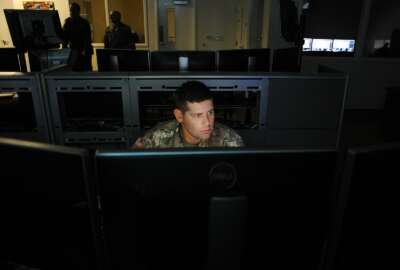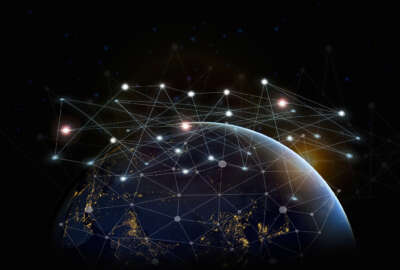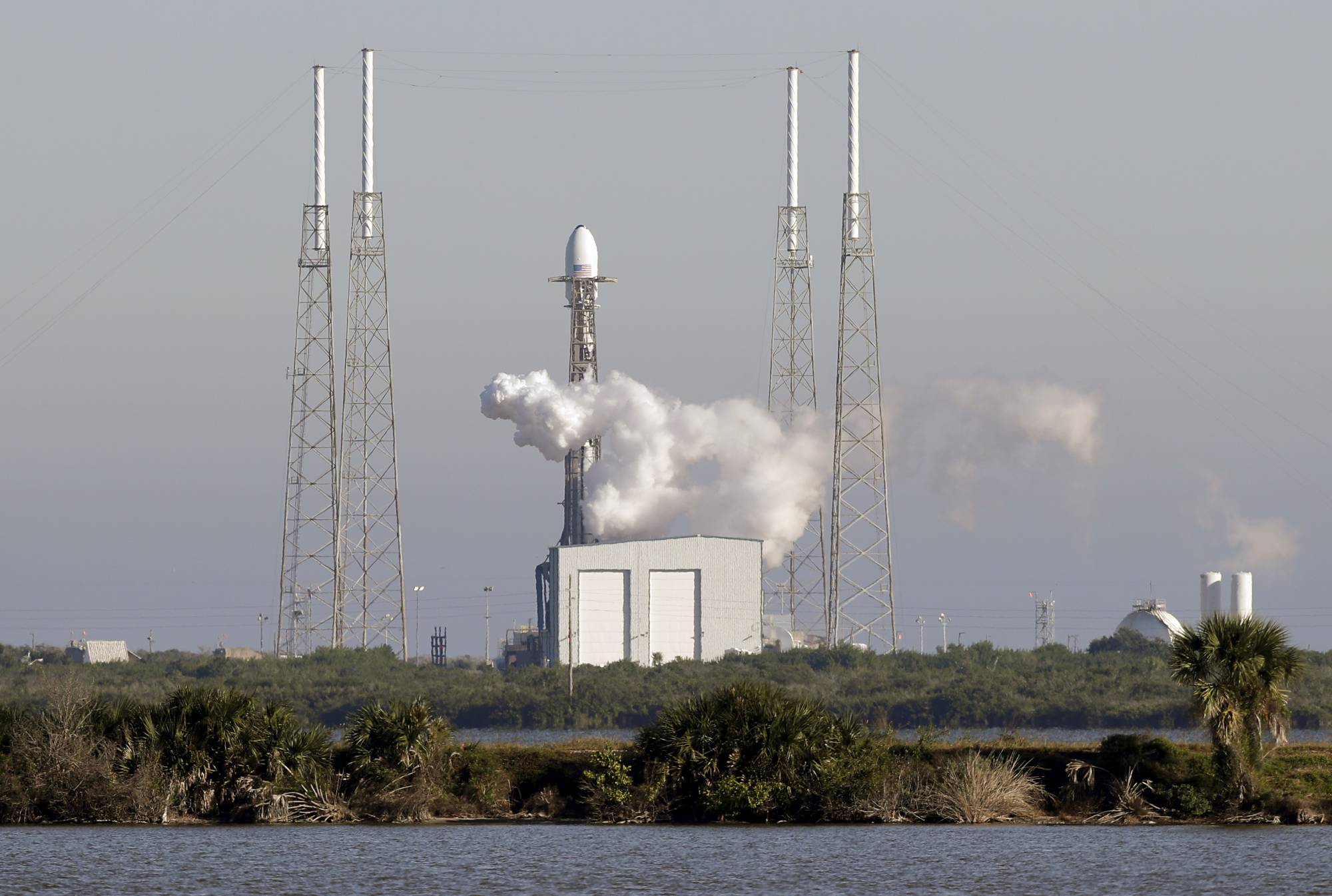Artificial intelligence has the potential to play a key role in helping the Space Force achieve what service’s chief Gen. Chance Saltzman calls “actionable space domain awareness” and avoid “operational surprise.” But the service is “not doing enough” to take advantage of the technology.
“There are some things that we are doing. A lot of it is on the backs of young guardians that are Supra Coders, but we need to go beyond that,” Lt. Gen. Doug Shiess, commander of U.S. Space Forces-Space, said during the Mitchell Institute’s Spacepower Security Forum Wednesday.
The 18th and 19th space defense squadrons, for example, monitor the Space Surveillance Network, which tracks objects orbiting Earth. This involves analyzing vast amounts of data to predict potential collisions of objects in space, such as satellites or debris, and taking preventive actions to avoid accidents. The process still involves a significant amount of manual effort from the guardians.
“If we could have AI to be able to do that in a much faster perspective, we could have those guardians do other things,” Shiess said. “They are getting after that. They are getting tools to be able to do that. But we’ve got to get better at that. It’s something that we have to continue to prioritize and put to the top of the list.”
Brig. Gen. James Smith, assistant deputy chief of space operations for operations, cyber and nuclear, said that while a lot of conversation around AI has been about understanding adversarial behavior, the technology can also help the service improve operational readiness.
The service is currently building operational tests and training infrastructure, which will offer live, virtual, and constructive environments for guardians to train, test out capabilities and improve readiness. Now, the service is implementing tools to measure readiness.
“We’ve kicked off a pilot where there’s a team that has taken AI and machine learning to take all that data that comes in from a readiness aspect and identify trends. Where are your most significant deficiencies? What levers could you pull that would have the most impact on readiness? And then, hopefully, we can invest the next dollar against those levers,” said Smith.
“Our readiness has to be assessed in terms of the infrastructure that we rely on in order to execute our mission. There’s some great opportunity for AI, both automation in terms of reporting the status of our systems, as well as finding the trends.”
Avoiding “operational surprise” is part of Saltzman’s “Competitive Endurance” theory of space operations. The first step to building endurance in the domain is having “actionable” awareness, which will be powered by various capabilities, including artificial intelligence.
Saltzman said the service is focused on investing in domain awareness capabilities this year due to the growing complexity of the space environment.
“We see an incredibly sophisticated array of threats, from the traditional SATCOM and GPS jammers, to more destabilizing direct-ascent anti-satellite weapons across almost every orbital regime, to on-orbit grapplers, optical dazzlers, directed energy weapons, and increasing cyberattacks both to our ground stations and the satellites themselves,” Saltzman said.
Copyright
© 2024 Federal News Network. All rights reserved. This website is not intended for users located within the European Economic Area.






